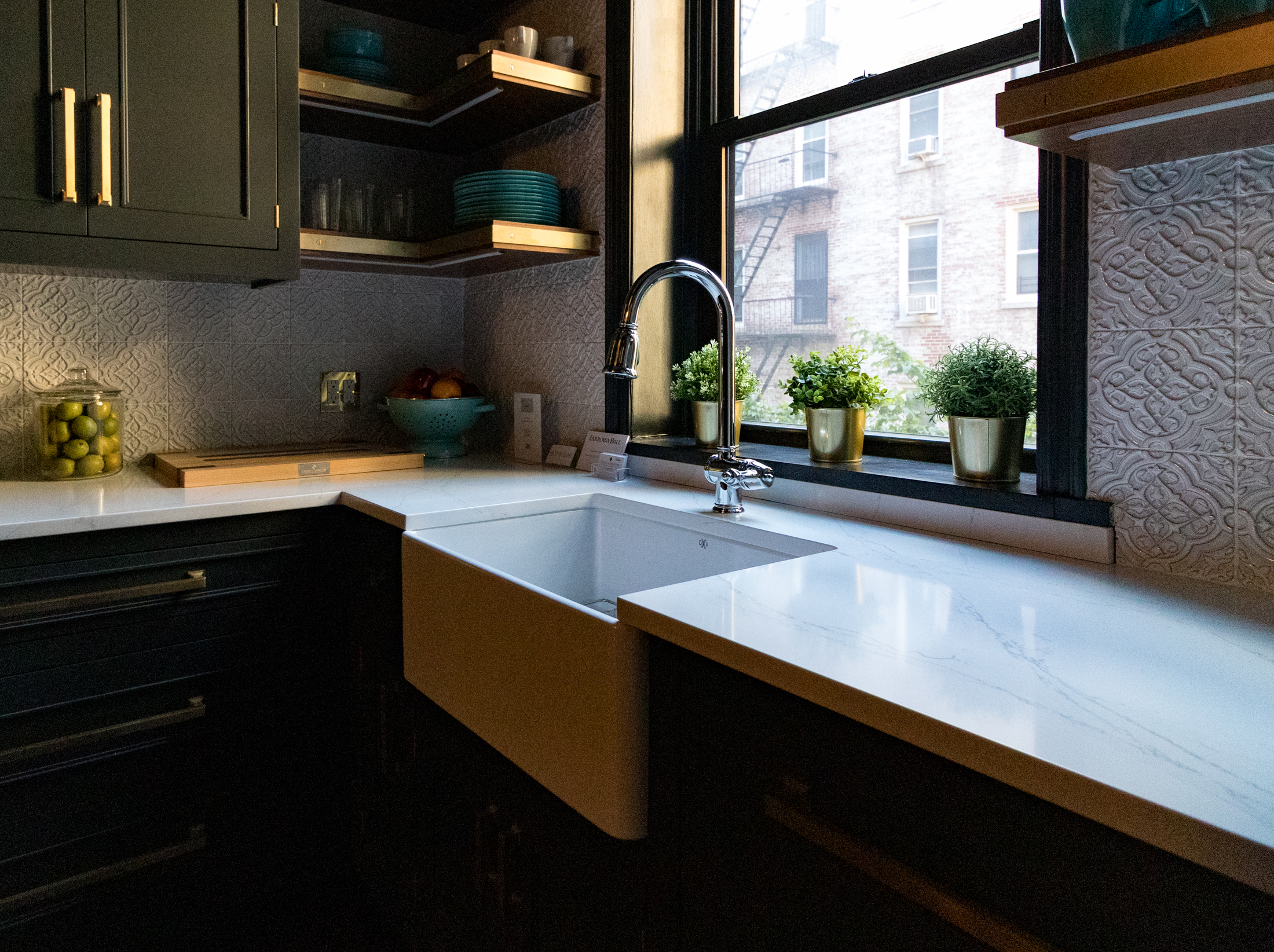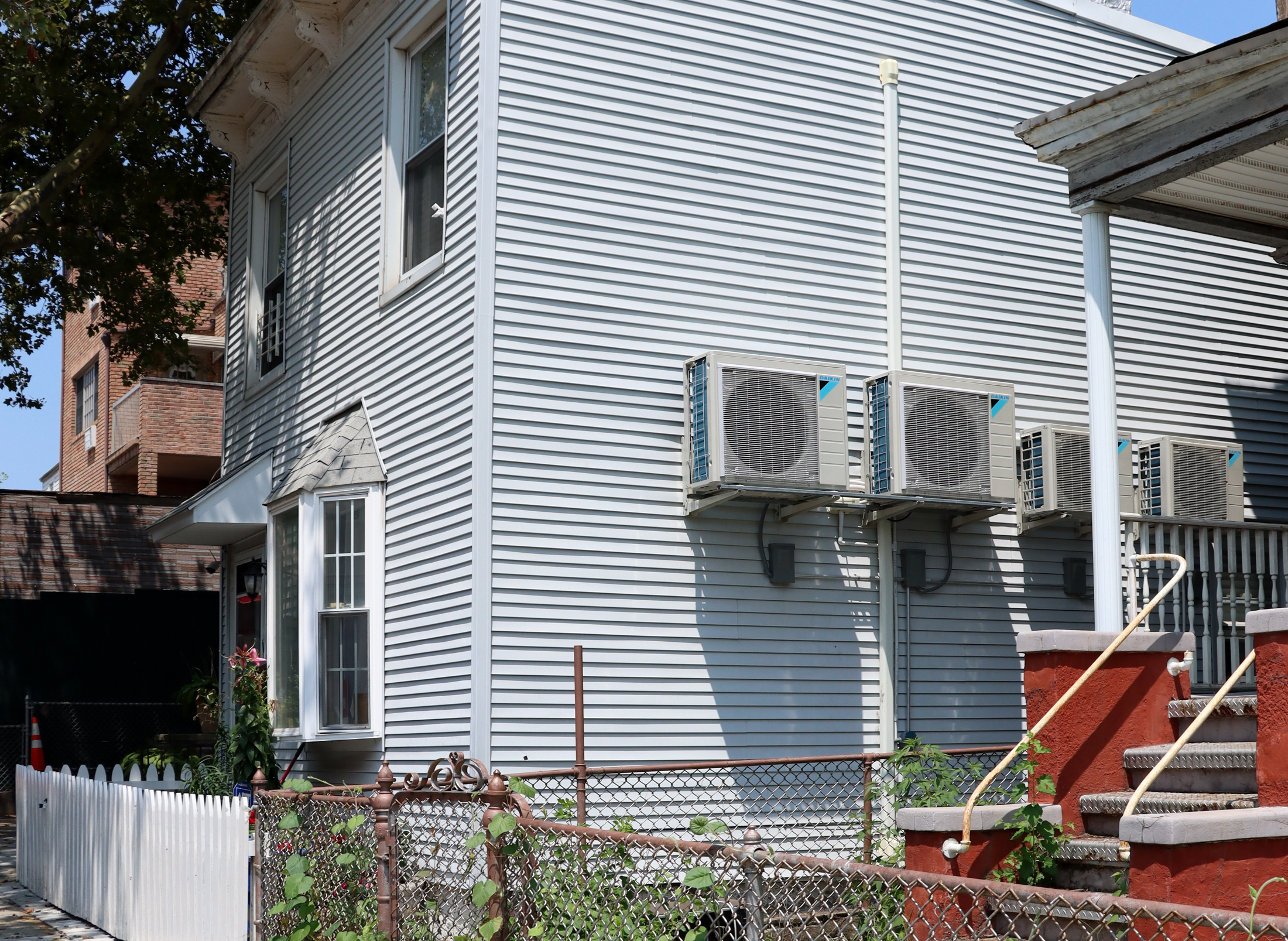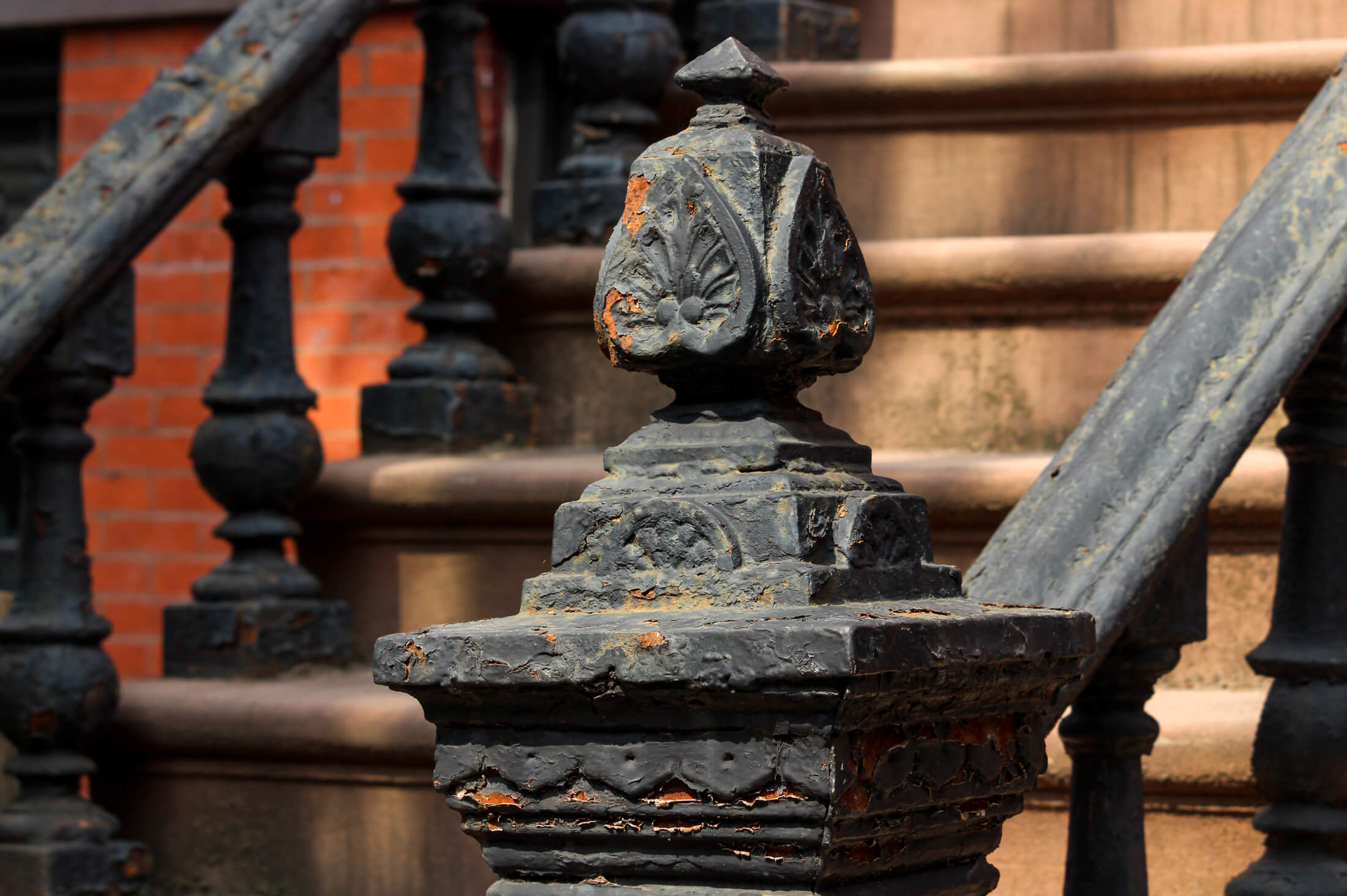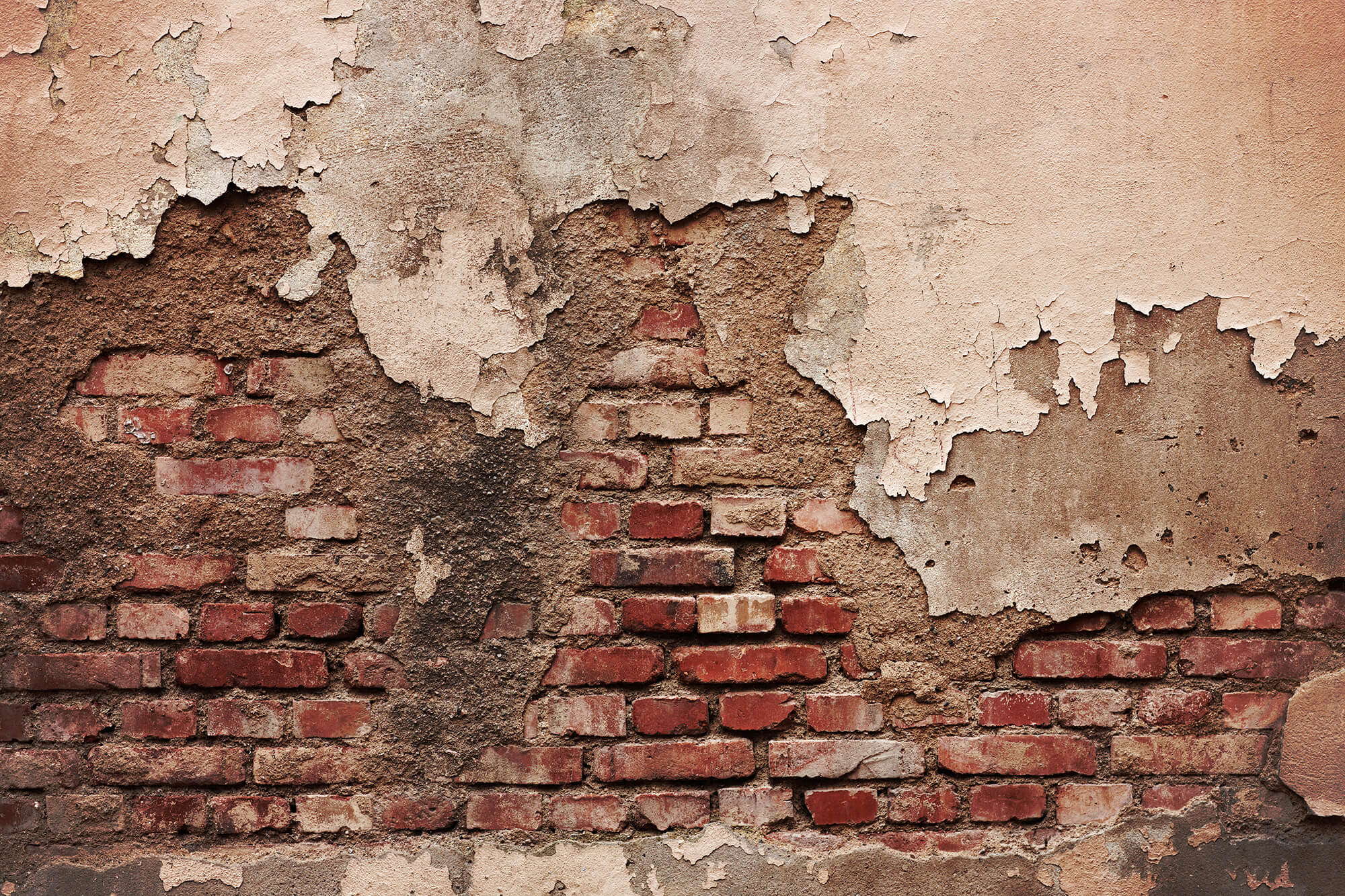Ask the Plumber: What's the Most Efficent Boiler System?
Question: I have an ancient boiler and heating system in my two-family brownstone. What can I do when I upgrade to create the most energy-efficient system? Good question given the time of year. First, some tough love: Replacing an old boiler is a 20-year-or-more investment. While today’s boiler technology provides greater efficiency than in the…

Question: I have an ancient boiler and heating system in my two-family brownstone. What can I do when I upgrade to create the most energy-efficient system?
Good question given the time of year. First, some tough love: Replacing an old boiler is a 20-year-or-more investment. While today’s boiler technology provides greater efficiency than in the past, the piping from the boiler also plays an important role in how efficiently the boiler and system work together and how long the equipment, new or existing, lasts. The distribution piping immediately exiting the boiler (commonly called the near-boiler piping), if not done correctly, can have the effect of a blocked artery, forcing the heart of your system to overwork in its attempt to get the fluid to where it’s needed, at the radiators. The thermostat in your living space will be telling your boiler, “Come on, more heat”, your boiler will obediently respond, but the main beneficiary of the flaring burner and the accelerating rotations of your meter will be the toasty warm rodent in your utility room.
Compounding this inefficiency is the fact that conventional thermostats aren’t as clever in telling the boiler where the fluid is needed as the brain is in telling the heart. Most brownstone homes have a single thermostat placed in some random location. If the thermostat is located on the top floor, because of the phenomenon of heat rising, the folks right there are comfortable but may be disturbed by the chattering teeth of those on the ground floor. Conversely, having the thermostat on the ground floor causes the system to run a longer cycle, replacing the warm air that’s rising from there to the upper floors where the occupants are tossing, turning and coughing in the sauna-like heat. It’s not uncommon to register a temperature difference of 15 degrees or more from the bottom to top level. Small wonder that a wintertime walk down a brownstone street reveals upper floor windows wide open, spilling the expensively overheated air into the frigid outside atmosphere.
Even the pro-active energy saving measures of properly insulating walls and installing thermally efficient windows don’t alleviate the lack of balance and efficiency of a typical brownstone heating system. Indeed, such actions, if effective, inevitably mean that the existing radiators are bigger than needed and need more of that expensively heated steam or water to fill them than is necessary. What is needed is greater control of our boilers in order to make the difference between an efficient and comfortable system and living with wild, costly temperature fluctuations.
Control systems are available as add-on devices in a retro fit application but work best when the system is set up for the type of control they can provide. The picture at the top of this post shows a new boiler and distribution manifold we designed and installed in an Adelphi Street home this week. In this case, we replaced two small boilers with one capable of heating the entire home as well as warming a tank holding the family’s domestic hot water.
The trick here is to take advantage of the fact that the occasions when there’s a demand for both heat in the home and hot water out of the faucet at the same time amounts to a small percentage of the day’s total heating cycle. After all, why spend the money on a big boiler and its energy consumption to keep your domestic water hot all the time for those few minutes a day that you’re showering? In this set-up, we used a smaller boiler with a control that detects when you turn on a hot faucet and immediately directs all of the boiler’s energy to heating the hot water, which it does very efficiently using what is called an indirect water heater (pictured on the right). Turn the faucet off and the boiler automatically returns to its home-heating mode.
The indirect water heater is often preferred to instantaneous or tankless models, especially where venting is an issue. The indirect water heater requires no vent. In this example, there are two main control strategies at work: Primary/secondary piping and priority control. Priority control is the system of enabling the boiler to most efficiently direct its energy to the specific task that is demanded of it. In this case: space heating and hot water heating.
With primary/secondary piping, on a call for heat, a pump moves the water through the radiators independent of flow through the boiler. As the temperature of the water cools down (because its heat is released by the radiators) the boiler is then fired up and another small pump moves water through the boiler (where it is reheated) and injects it into the loop of moving “system” water.
One major advantage: On a 15 degree day, the system may require water temperature of 180 degrees so the boiler will run long enough to meet that demand. However, on a 40 degree day, that same system may only require a water temperature of 120 degrees. For that, the boiler will only run (and burn fuel) a fraction of the time even though the thermostat is still calling for heat and the radiators still receive adequate flow of heated water.
This is called “Outdoor Reset”, which is probably worth a mention, but may become a discussion on its own. This is a simple drawing of that system. The circled arrows are the pumps:

As the continuously improved efficiency controls from the market leaders in Germany, Italy, Switzerland and Canada become available in America (oh, for the day when we, as a nation, care as much about energy consumption!) the system is ready for any upgrade without having to incur re-pipe costs. As you know by now, Green building options tend to cost more initially than conventional methods. This is no exception, but there is a big question that should be answered: Shall we finally commit to long-term efficiency and comfort, or the short-term enjoyment of a low-cost installation?
John Cataneo is the chief excutive plumber at Gateway Plumbing & Heating; he’s also been a long-time advertiser and participant on the the Forum.









I’m sorry, figa, but I have to say good for you, Gateway. I think it’s quite justified when small business owners reply to this sort of libel from disgruntled customers. Why should that sort of badmouthing go unanswered? You have no idea how damaging this sort of thing can be to the well-earned reputation of a small business. I might have believed the customer had I not seen the reply. Now, I know there’s another (more compelling) side to the story.
Actually, I will come clean and confess that I would not have believed it anyway because I am and have been a Gateway customer for my Boerum Hill condo and I know what excellent work they do, how good their customer service is (they always answer the phone… very unusual in this business) and how well they know their stuff (as is obvious from this very helpful thread). But there are plenty of others who would have believed it.
And, figa, in any event no customer information was posted… the complainant (of course) chose to remain anonymous when he posted his accusations and he remains anonymous to you and me now. He’s lucky he isn’t actually sued for libel, given how the facts seem to differ from what he posted.
I say enough with the free ride for malicious posters.
I’m looking to do a oil to gas conversion on a place I’m buying in Kensington, and I’d like to know how much this type of setup would cost and what the additional cost would be over a standard 80% efficient steam heat boiler with an energy star water heater. It’s a 20-year investment, but the money might be better spent on new windows and insulation toward the same end.
And, is it Gateway’s policy to post customer info if they complain? I’ve been searching Brownstoner heavily for boiler information, and I’ve seen plenty of complaints about other plumbers, but I’ve never seen retaliation like that.
You’re right, guest 3:16pm, condensing boilers, now giving way to modulating-condensing boilers are making their way quickly into the American market.
Here is one of Gateway’s installations of Burnham’s contribution:
http://i31.photobucket.com/albums/c360/ciaony/boilers001.jpg
At least two companies are overcoming the venting issues that are a common hurdle in New York City with this type of boiler. Lochinvar has released the Knight boiler and Weil-McLain has the Ultra.
Here is a work in progress on Remsen St. in the Heights:
http://i31.photobucket.com/albums/c360/ciaony/Work10-9-7006.jpg
That’s the Ultra on the right of the frame. That big silver thing in the center of the frame is called a hydraulic separator (really cool to plumbers) and I caught a bit of the large indirect water heater on the left.
The vent pipe can be run up the existing chimney to a length of 90 feet eliminating the need to observe codes regarding the vent terminal’s proximity to a building opening.
Yes, it must’ve been a terrible experience, guest 6:55pm.
After all, it took you 15 months to pay us $400 after you agreed to the price and signed the invoice because…. what did you say? Oh yes, you were in Russia.
Somehow, though, from Russia, you were able to get your mortgage paid, your utility bills paid, etc.
Yesterday, you threatened if I didn’t reduce the price you would “complain about Gateway on Brownstonerâ€.
I did and yet here you are.
Gateway Plumbing and Heating doesn’t have a problem with “customer satisfactionâ€, I guess our problem is trusting that a signed contract constitutes an agreement between two parties.
I am glad Gateway is giving good professional advice on this site, if only they put it in practice! I had a terrible experience with them but they refused to even listen to my complaints and make any concession for customer satisfaction.
I think if a company is promoted on this forum it has to uphold its reputation in practice. If it does not, it undermines this site and this community’s efforts in general!
Had to vent given my terrible recent experience with with them…
Any inexpensive suggestions for renters on the (cold) top floor? What are the laws?
Finally, *content* on Brownstoner!!!!!
Thanks!!
Can I request a similar post with radiant heat?
“Does the indirect heater have a heat source of its own(ie gas) or does it simply act as a storage container’?
Posted by: guest at October 16, 2007 12:45 PM”
It’s somewhere in the middle. It uses the boiler as its heat source which is more efficient than if it had its own burner. A bit more than just a “storage container”, it contains a heat exchanger (kind of a radiator) that is surrounded by the water we use in our bathrooms and kitchens.
Because it doesn’t have a flue it loses very little heat when not in use. It is an excellent way to store energy.